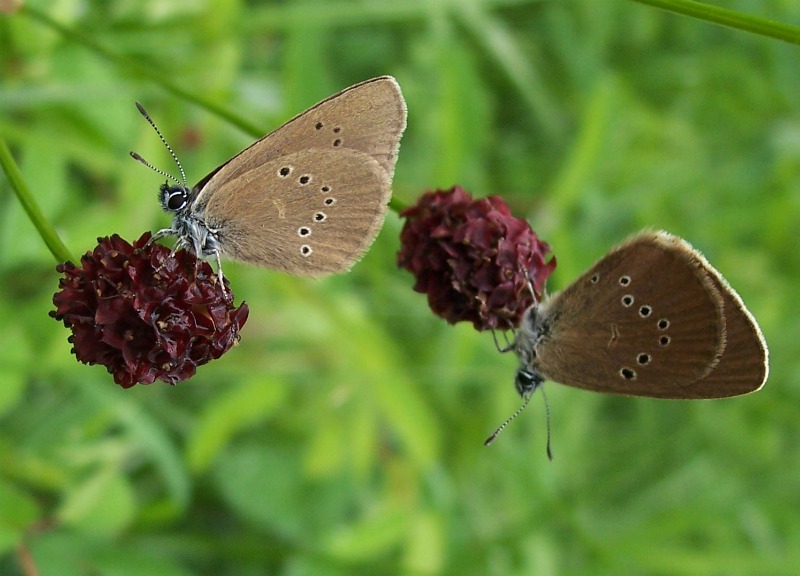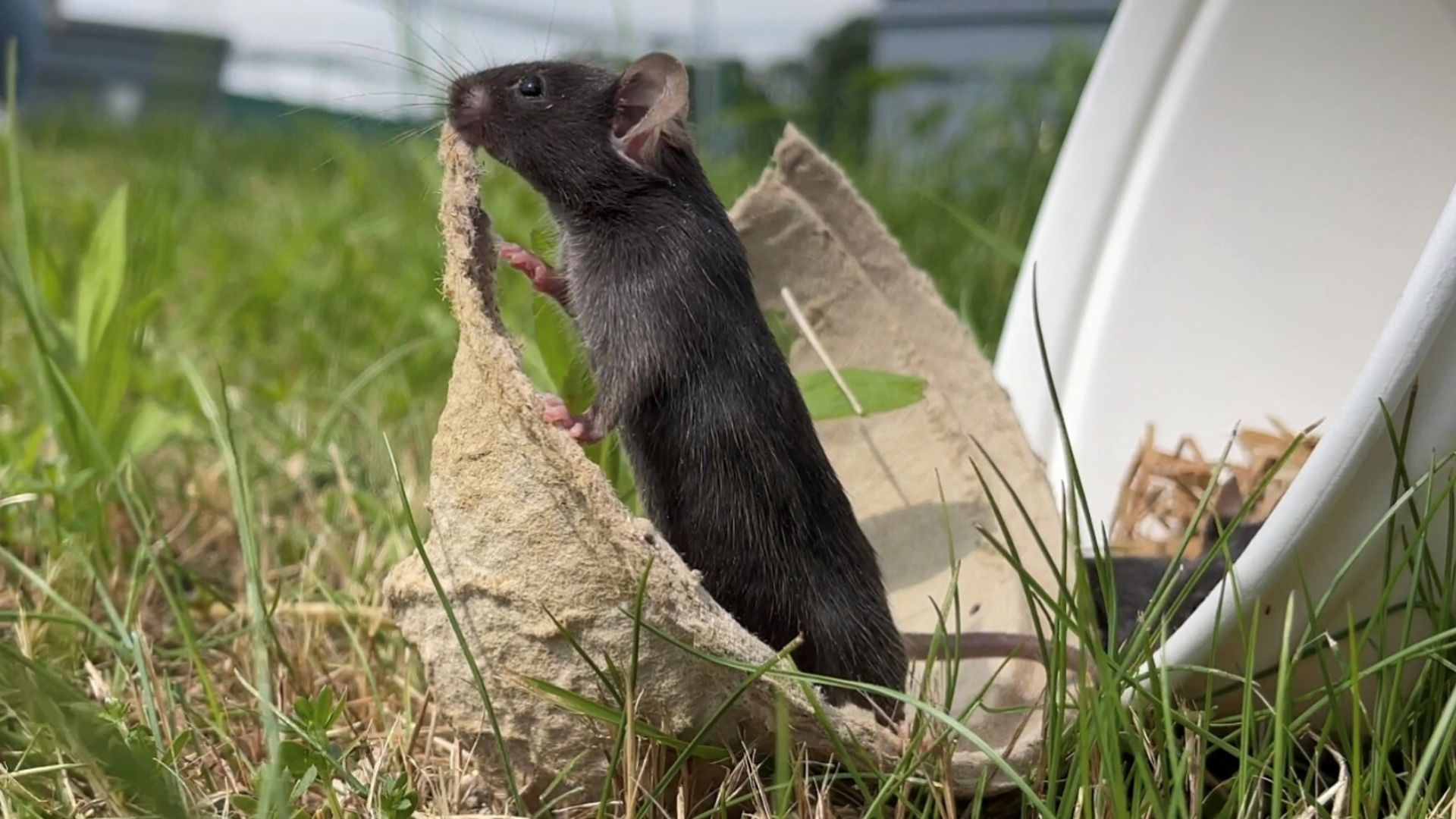
How to Save Europe's Threatened Butterflies

Many of Europe's butterflies are in trouble, according to a new report, but a team of scientists is offering hope for the beleaguered insects. The team has outlined some key strategies — some of them surprising — for saving the continent's butterflies.
In the last 15 years alone, the numbers of 17 key European butterfly species have declined by 70 percent, according to a statement from researchers with the group Butterfly Conservation Europe.
Up to 10 percent of the butterfly species are now threatened with extinction.
Across the Atlantic, in North America, monarch butterfly numbers have also suffered.
In Europe, habitat destruction is fueling the steep losses, and the group has outlined some key "do's and don'ts" for preserving the grasslands that butterflies require to breed and feed. Their paper is published in the journal Nature Conservation.
Oddly, it appears that the decline of agriculture in Europe is bad for the butterflies.
The authors of the report say that maintaining working farms is an important activity that keeps woody shrubs from taking over the grassy meadows where butterflies typically live.
Get the world’s most fascinating discoveries delivered straight to your inbox.
In addition, the authors say that grazing animals also help preserve key butterfly habitat.
However, they say that too much agriculture — cutting too much grass for hay, letting animals overgraze a pasture — can kill off the insects.
The group also recommends keeping a diverse mosaic of plants alive in key grassland areas, since different species rely on different plants, and employ a wide variety of strategies to survive.
In fact, one threatened butterfly relies on ants to stay alive, and as the ants are disappearing, so are their larger insect dependants.
Phengaris nausithous, the dusky large blue butterfly, spends the majority of its caterpillar stage holed up underground in the nests of red ants.
For this odd species, "meadows need to be cut every one to three years, or lightly grazed, leaving some patches of taller vegetation which supports the ants' nests. Intensive cutting or heavy grazing can eliminate populations," the authors wrote.
"Managing habitats in the correct way is the single most important issue affecting the survival of European butterflies," lead author Chris van Swaay, of Dutch Butterfly Conservation, said in a statement.
"We hope the advice will be taken up urgently across Europe to help save these beautiful species from extinction."
Follow OurAmazingPlanet for the latest in Earth science and exploration news on Twitter @OAPlanet and on Facebook.
 Live Science Plus
Live Science Plus






